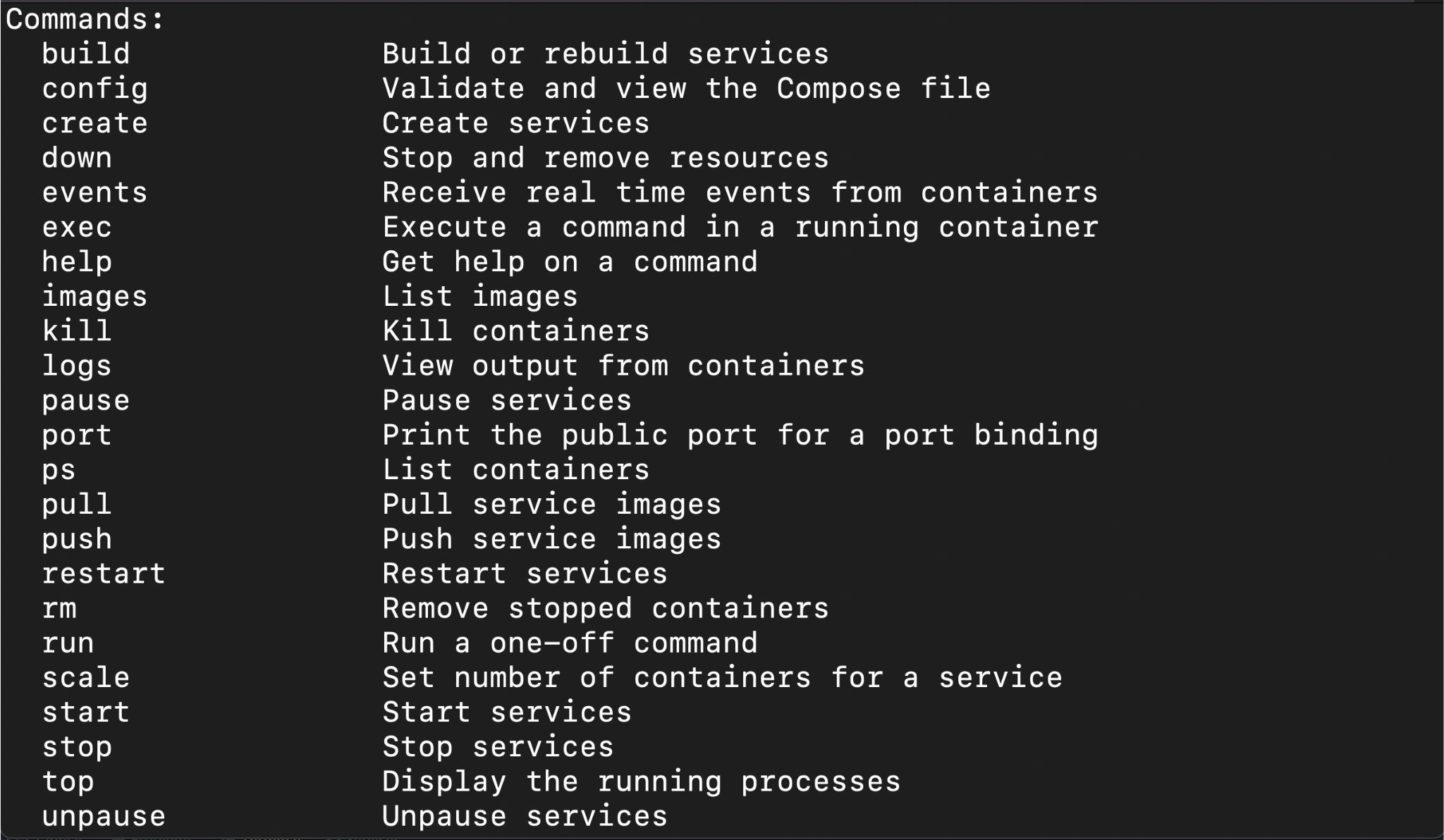How to Use Docker Compose
Docker is one of the most popular containerization technologies due to its ease of use and flexibility. Many cloud platforms support Docker, and you can run Docker containers in many environments.
One of Docker’s selling points is its functionality for working quickly with multiple containers. This makes Docker suitable for building monolithic applications as well as microservices.
Docker Compose is the tool Docker uses to achieve cross-container interaction and orchestration.
What is Docker Compose?
Docker Compose is a lightweight container orchestration tool built on top of the Docker engine. This allows you to work with multiple Docker containers. There are many reasons to use Docker for virtualization, from its scalability to its built-in version control.
You can use Docker Compose to build full-stack apps with multiple architecture patterns.
Docker Compose is an agnostic tool that supports many containerized microservices applications. Docker Compose allows you to continue using a single host environment for your application. But you avoid the hassle of multiple configurations that can compromise your app’s security and productivity.
Docker Compose does not use Dockerfiles for builds. Instead use a docker-compose.yaml File for your app’s configuration settings.
You can configure many different build settings in the YAML file. This includes port mapping, environment variables, volumes and networks, and services.
Install Docker Compose
That docker-compose Program runs on the Docker engine. Docker Compose is part of a macOS or Windows installation of Docker CLI and Docker GUI.
Run this command to confirm it’s installed:
docker-compose version
The command returns the Docker-Compose version, build number, and other related information.
On a Linux machine, you need to install Docker Compose separately. You can follow the official Docker instructions to install it on various Linux distributions. The Docker engine is a dependency for Docker Compose. You must ensure Docker is installed before attempting to install Docker Compose.
The Docker Compose YAML file
Docker Compose uses a .yaml Build specification file. You use the docker-compose file to define your apps’ services, networks, and volume configurations for your app’s build.
After writing the Dockerfile for your app, create a Docker-Composefile at the root of your working directory.
You must understand YAML files to use `docker-compose properly. To specify build configurations in your Docker-Compose YAML file:
version:
services:
web:
build:
ports:
volumes:
database:
image:
That execution Key should contain the version of Docker Compose you are running.
In which Services key you can define the container configurations. That network Key defines the service name. That to build declaration defines the location of the Dockerfile (the Dockerfilepath), and you can specify the ports for your application in the ports Key.
You can specify additional fields for your database and services in the docker-compose File.
Here is an example Docker Compose file for a simple web application:
version: '3.9'
services:
web:
build: .
ports:
- "8080:8080"
volumes:
- "/home:/away"
database:
image: "redis:alpine"
environment:
- "USERNAME=yourUser"
- "PASSWORD=p@wen"
In this docker-compose file, the service will run Version 3.9 by Docker Compose. It creates docker files in the root directory that run on the port 8080 with a Redis database image and declared environment variables.
Docker Compose commands
You can use many other commands with it docker-compose for your operations related to container orchestration.
That to build command creates or recreates the images in the docker-compose YAML file and creates the containers for your service.
docker-compose build
That run command will start your services as specified in docker-compose file by building the containers from the Docker images.
docker-compose run
That pictures The command allows you to view a list of images built from your docker-compose file.
docker-compose images
That high Command is the combination of to build and run commands. This command builds and runs the Docker images and starts the containers.
docker-compose up
You can use the… ps Command to list all containers in the docker-compose File.
docker-compose ps
That Low The command stops and cleans up containers and images associated with the docker-compose File.
docker-compose down
You will find the Break Command useful if you just want to stop all containers and services in your docker-compose File.
docker-compose stop
Docker promises to alleviate your containerization woes
Containerization tools predated Docker, but Docker is one of the easiest to use.
Docker Compose offers easier container management, so using Docker can be more productive than other competing technologies.

